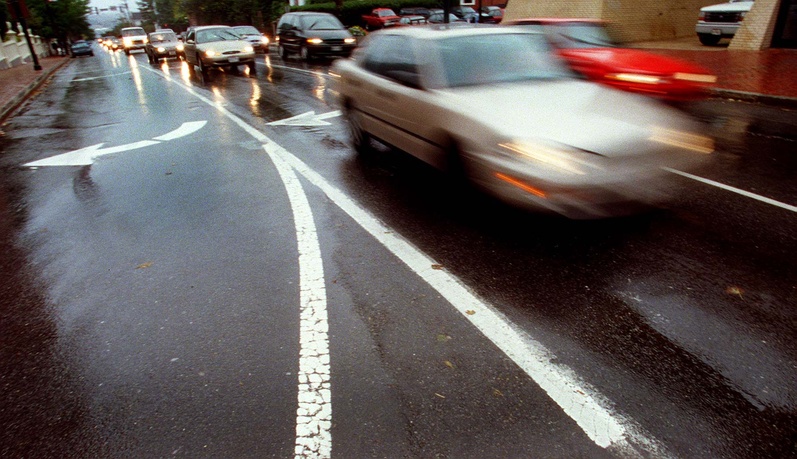Forty years ago, making the city open to high-speed auto traffic was seen as the key to Portland’s prosperity. But today, things look very different.
Portland is thriving in part because it’s an easy place to get around without a car. Investment in neighborhoods — both public and by property owners — has made the city an attractive place for people to live and work close to the downtown. Visitors come to eat in restaurants or visit galleries because Portland’s walkable neighborhoods are a nice change of pace from the suburban sprawl that is spreading all around New England.
That’s why the made-up controversy about turning State and High streets back into two-way roads and routing through traffic on West Commercial Street is really no contest. The city’s intown neighborhoods are its bread and butter, and even if through traffic is inconvenienced, Portland has too much to gain from keeping foot traffic moving to pass up this plan.
And there is no proof that through traffic would be inconvenienced. A traffic study conducted last year determined that most of the people who use High and State streets are making local stops.
The people trying to get from Interstate 295 and points west to South Portland have a number of other routes to choose from and don’t need to go across downtown.
The proposed new path for Route 77, which now follows High and State streets, would take drivers through fewer intersections even if it is a little longer.
It does not make sense for a city like Portland to sacrifice one of its most attractive and profitable assets for the ease of a few motorists who don’t even plan to stop. Portland is already a walkable city with attractive neighborhoods. Making it a little more friendly to nonmotorized transportation provides a return on the investment that property owners have made in maintaining their neighborhoods.
When the two streets were converted to one-way, gasoline was 36 cents a gallon and people were ready to move farther and farther from the city center. Now, with gas nearing $4 a gallon and the effects of carbon pollution changing the climate, more people are looking for transportation alternatives.
Portland is right to look for ways to escape the bad auto-centric planning decisions of the 1960s. City centers are more valuable than highways, and they should be treated that way.
Send questions/comments to the editors.



Success. Please wait for the page to reload. If the page does not reload within 5 seconds, please refresh the page.
Enter your email and password to access comments.
Hi, to comment on stories you must . This profile is in addition to your subscription and website login.
Already have a commenting profile? .
Invalid username/password.
Please check your email to confirm and complete your registration.
Only subscribers are eligible to post comments. Please subscribe or login first for digital access. Here’s why.
Use the form below to reset your password. When you've submitted your account email, we will send an email with a reset code.